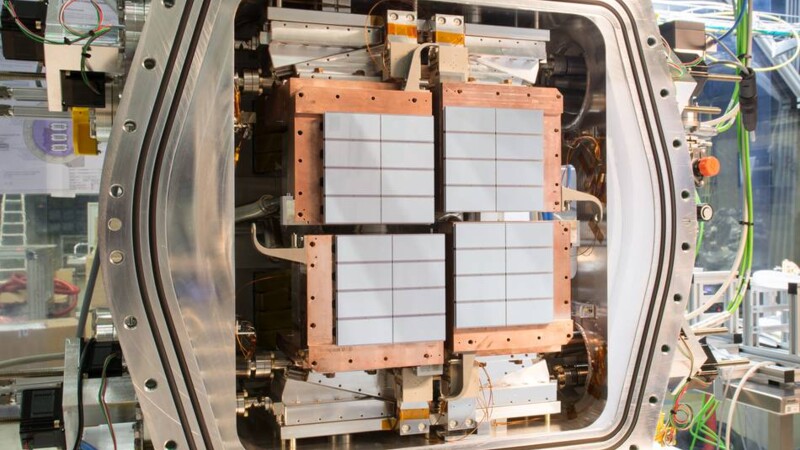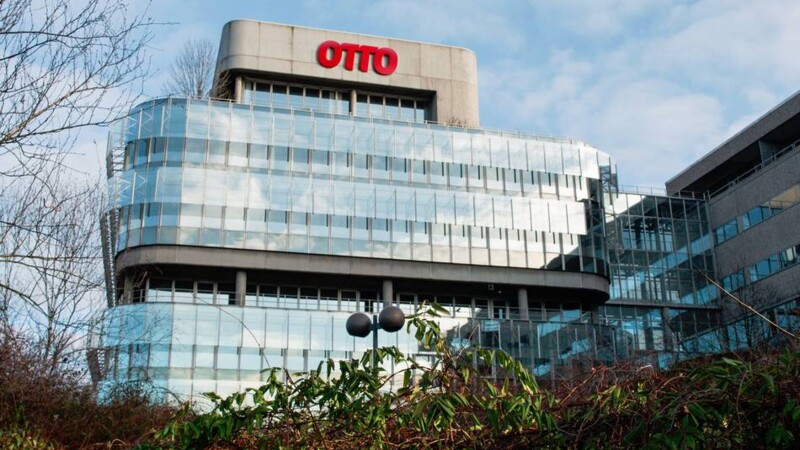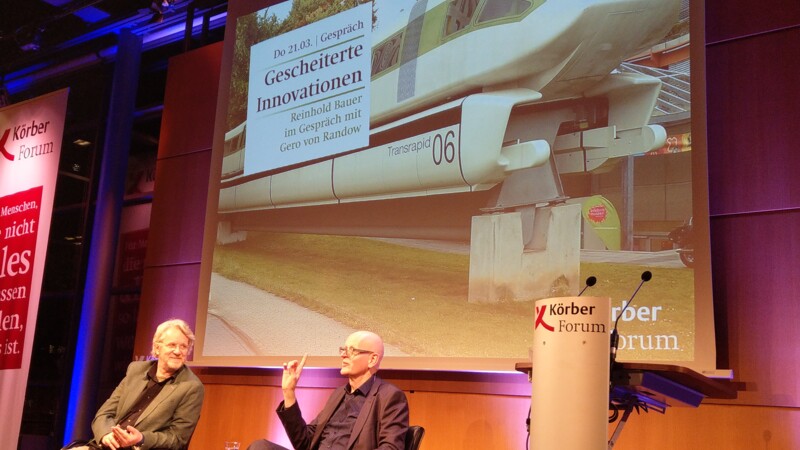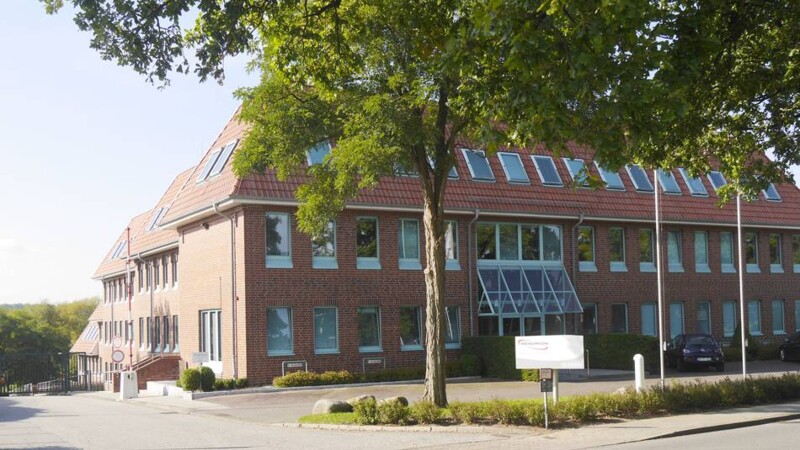Scientists at MID investigate, for instance, the structure of fluids and glasses. The aim is to get to know their properties so well that materials can be tailor-made on the basis of these findings. The fact that the six experimental stations initially planned have now all been implemented represents a major success, said Bernd Ebeling, Press Officer at European XFEL. One currently outstanding challenge lies in achieving full operation of all the stations simultaneously.
Public interest in the scientists’ work is considerable. An initial open day in May 2018 drew more than 2,500 visitors to Schenefeld. Apart from that, international delegations, students and school groups are being given tours of the campus, which will change in future. In late 2018, the state of Schleswig-Holstein gave European XFEL the go-ahead and approved funds for a visitors’ centre, which will house an exhibition demonstrating the use of the technology developed by the research facility.



